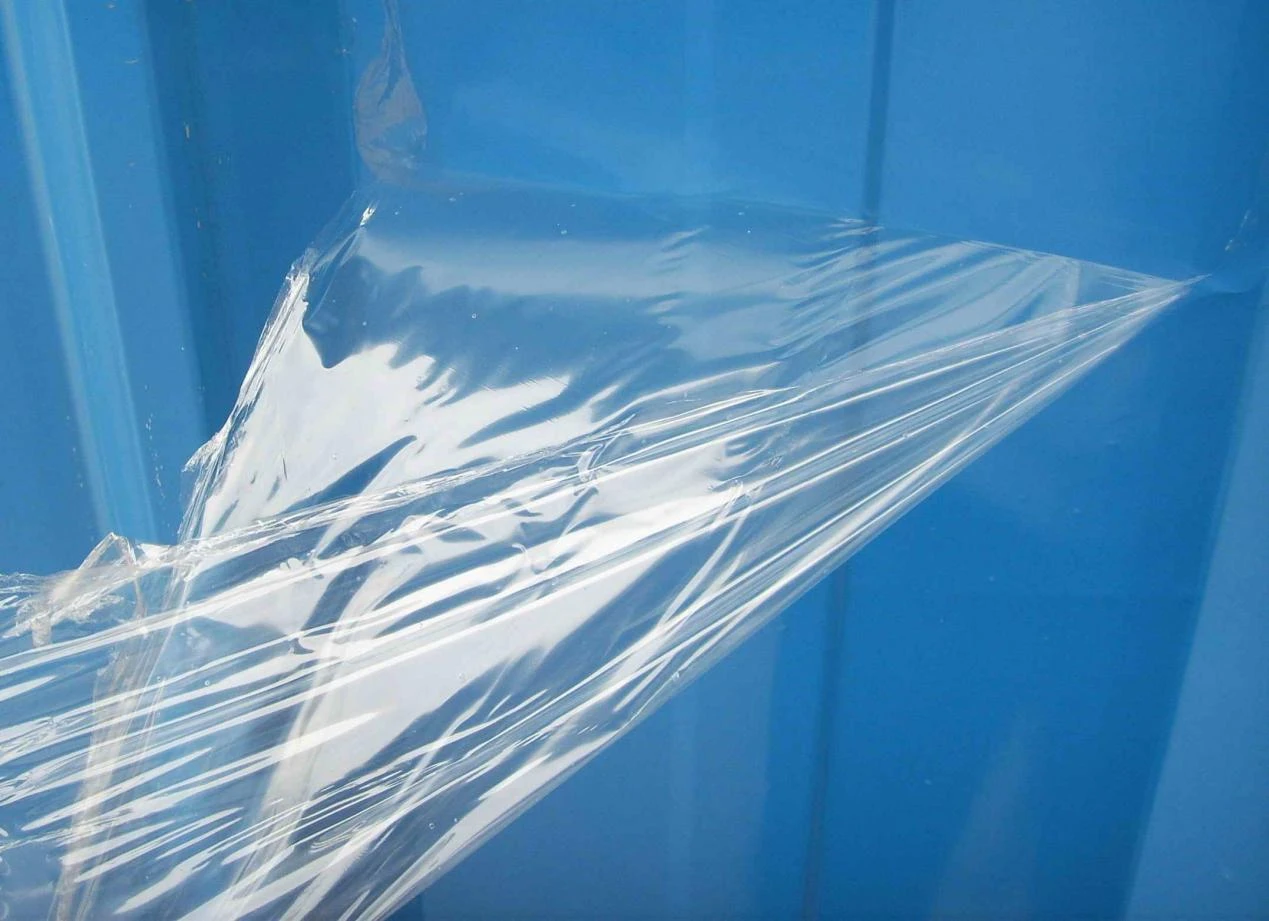
Polyvinyl alcohol (PVA) is a versatile synthetic polymer widely used in a variety of industries due to its excellent properties, including water solubility, film-forming ability, and non-toxic nature.
View More

Polyvinyl alcohol (PVA) is a versatile synthetic polymer widely used in a variety of industries due to its excellent properties, including water solubility, film-forming ability, and non-toxic nature.
View More
Gypsum is a widely used material in construction, particularly in plaster and drywall applications.
View More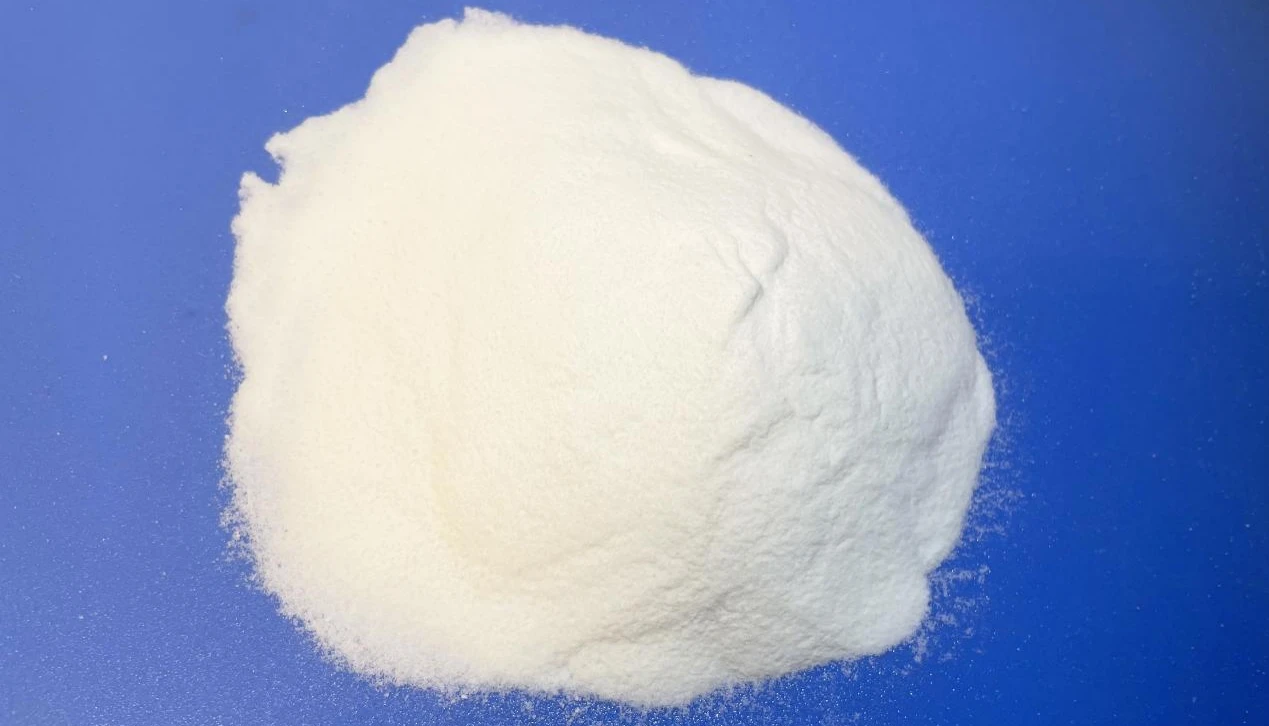
Water reducing admixtures are essential components in modern concrete technology, enhancing workability while reducing water content.
View More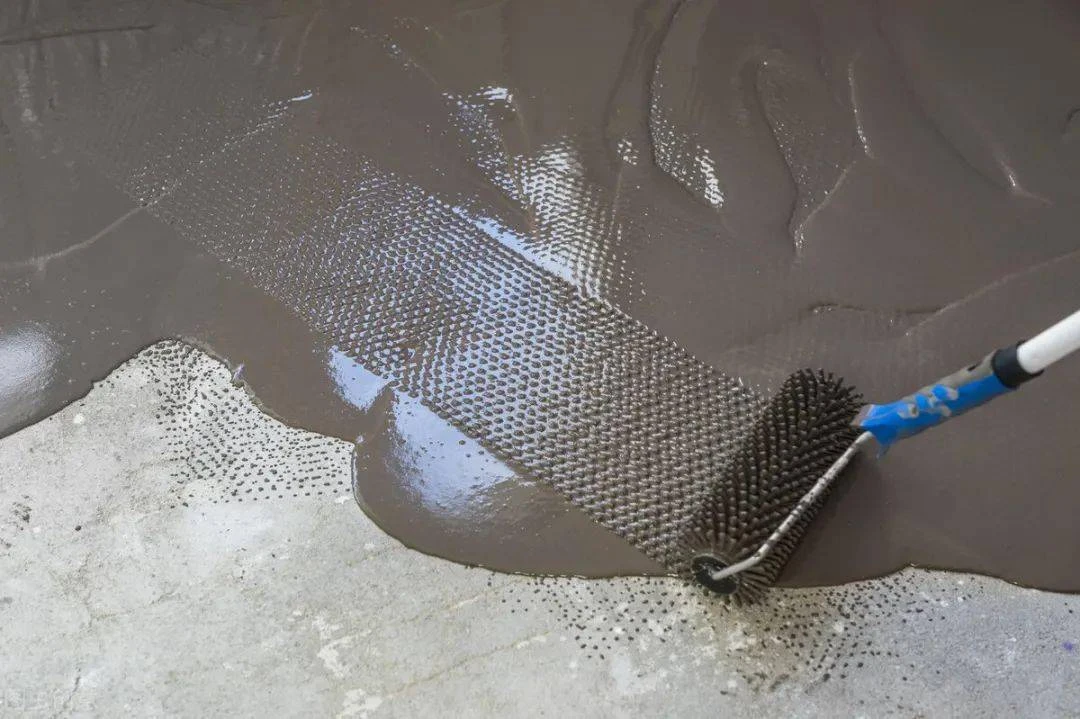
Redispersible polymer powder (RDP) is an essential additive in the construction industry, widely used to enhance the properties of cement-based and gypsum-based materials.
View More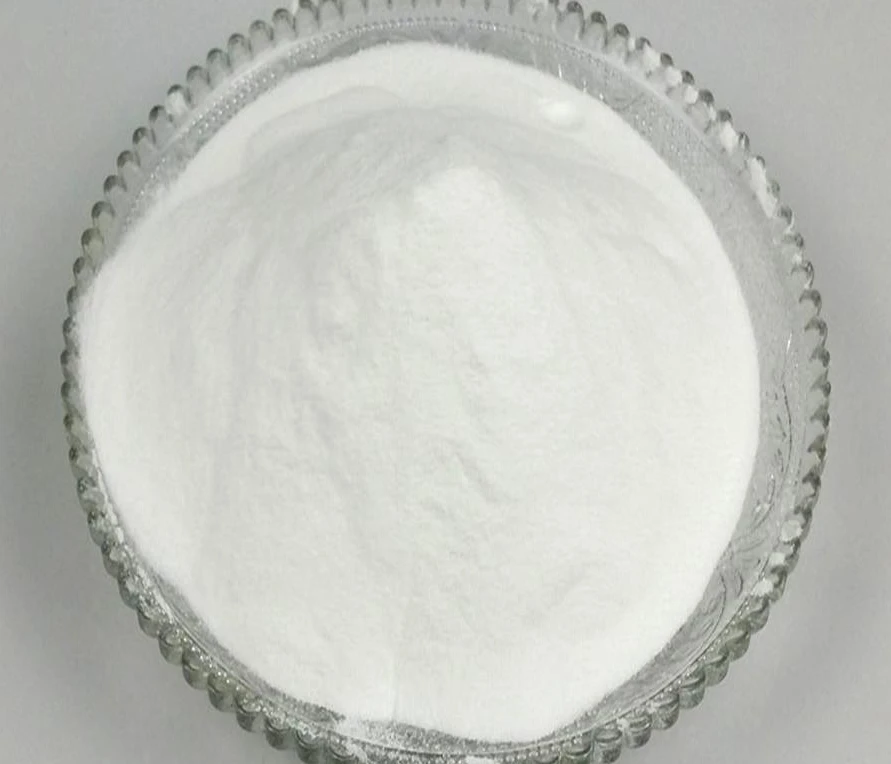
Hydroxypropyl starch ether (HPS) is a modified starch widely used in the construction, pharmaceutical, and cosmetic industries.
View More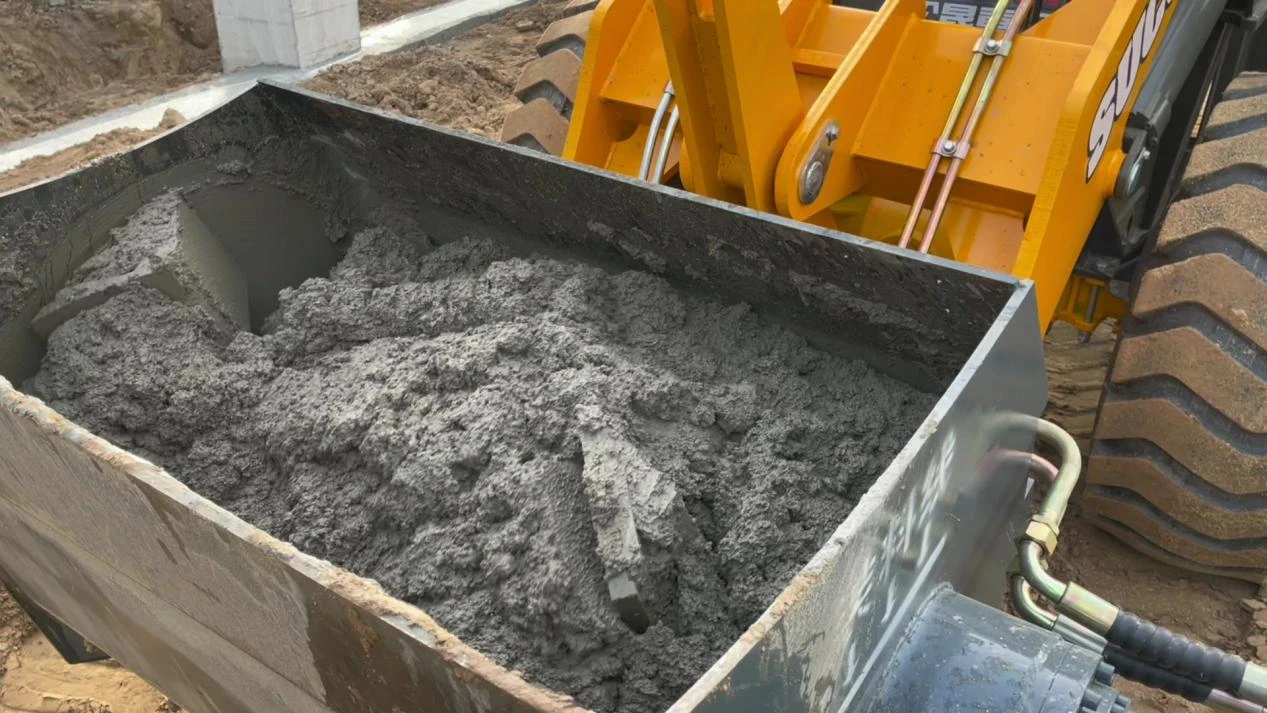
Water reducing admixtures are essential for modern concrete technology, allowing for improved workability, strength, and durability.
View More
Redispersible polymer powder (RDP) is a key additive in modern construction materials, enhancing adhesion, flexibility, and durability.
View More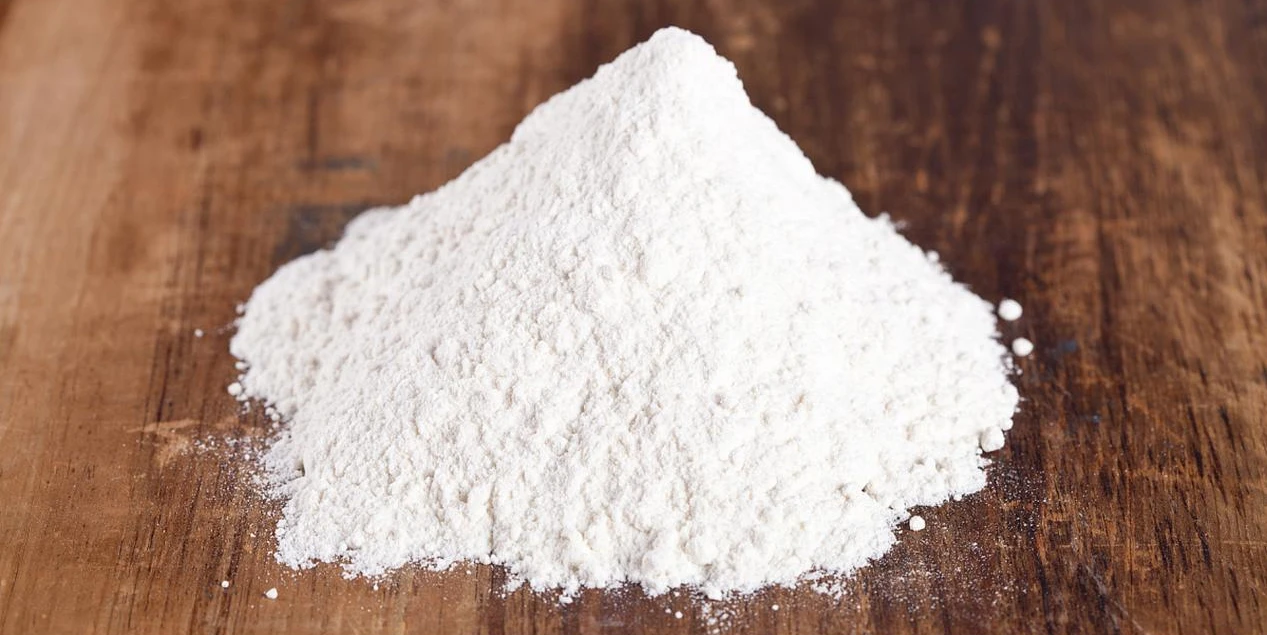
Hydroxypropyl starch derivatives are widely used in various industries due to their versatility and beneficial properties.
View More
Water-reducing admixtures are essential components in cement and concrete formulations, enabling the production of high-performance materials with reduced water content.
View More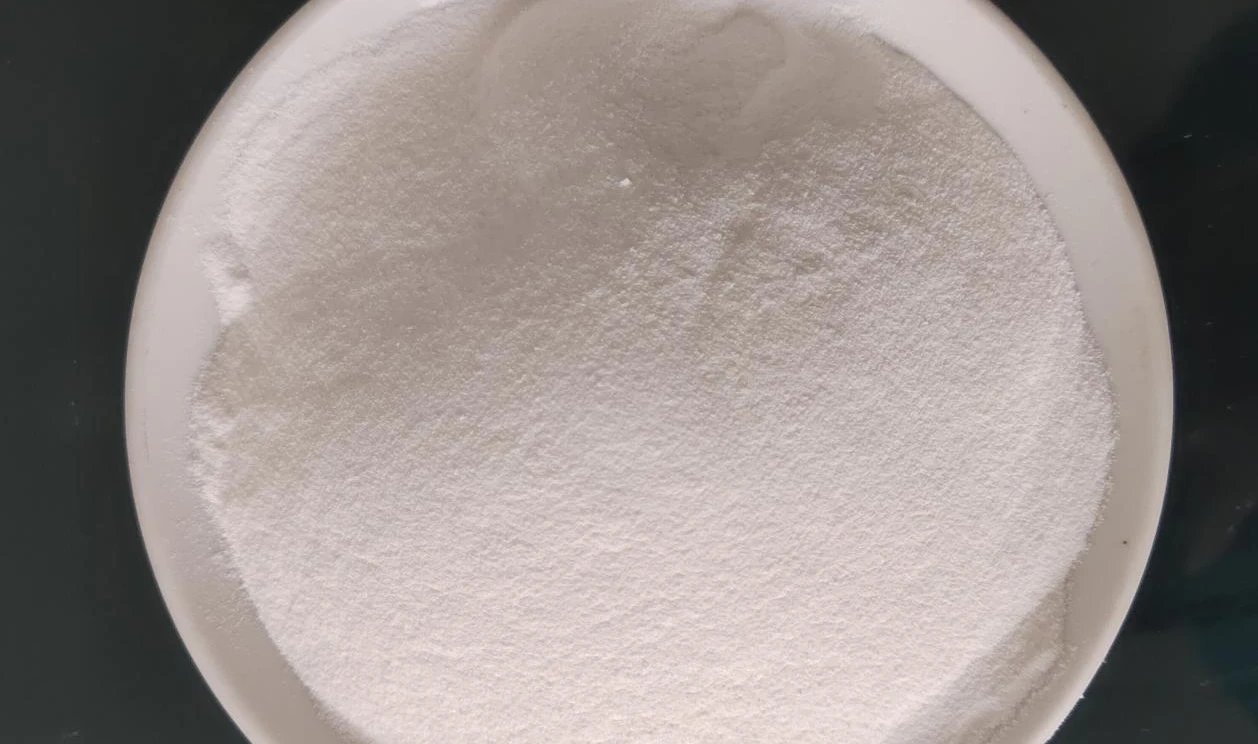
Redispersible polymer powders (RDP) are crucial ingredients in construction and manufacturing, providing superior bonding, flexibility, and water resistance in a variety of applications.
View More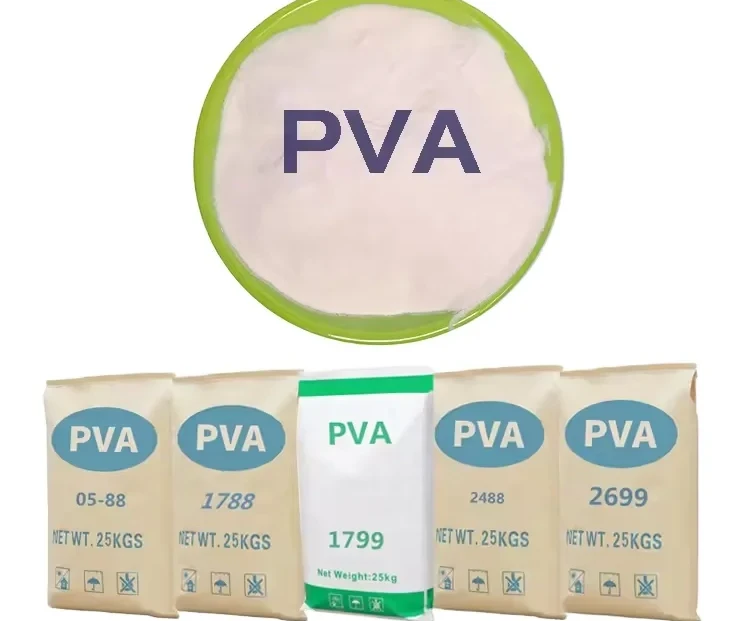
Polyvinyl alcohol (PVA) is a versatile synthetic polymer used in various industries, from packaging to construction.
View More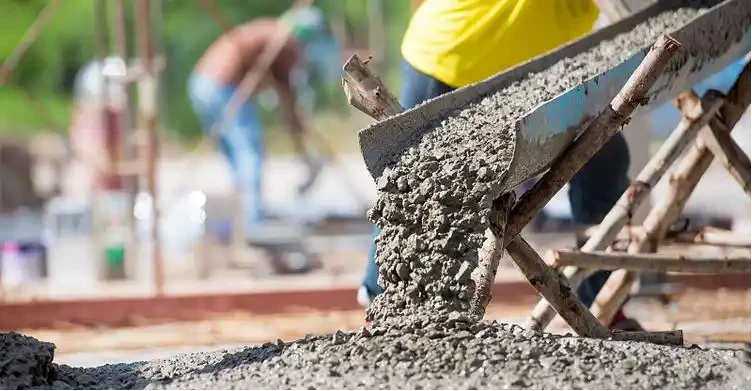
Water-reducing admixtures play a vital role in modern concrete production, improving the workability and strength of concrete while reducing the amount of water required.
View More